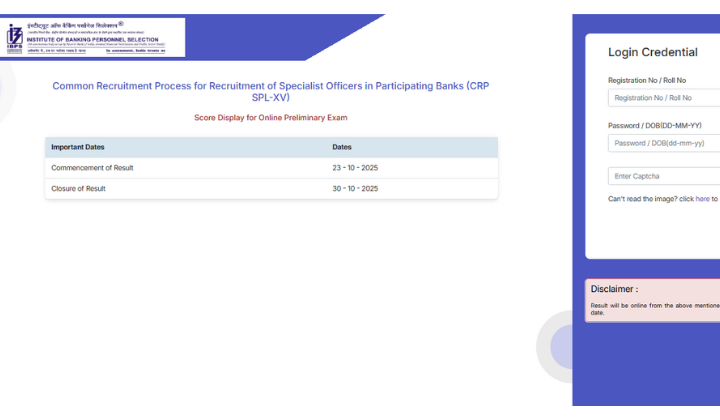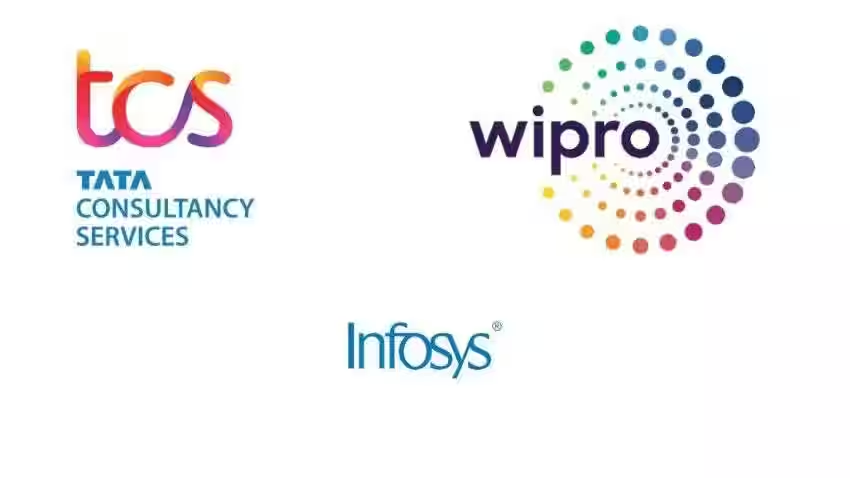Now Reading: Karnataka to Introduce AI-Powered Governance Tools in District Collectorates – Pilot in Mysuru, Belagavi
-
01
Karnataka to Introduce AI-Powered Governance Tools in District Collectorates – Pilot in Mysuru, Belagavi
Karnataka to Introduce AI-Powered Governance Tools in District Collectorates – Pilot in Mysuru, Belagavi

In a significant step towards digitised governance, the Karnataka government has announced a pilot project to introduce AI-powered tools in district collectorates. Mysuru and Belagavi will be the first two districts to implement the technology, aimed at improving administrative efficiency, grievance redressal, and data-driven decision-making. The initiative reflects a growing push across India to modernise local governance, especially in Tier-2 and Tier-3 cities.
A New Chapter in E-Governance
The pilot programme will deploy artificial intelligence tools to assist district administrations in streamlining daily operations. Key features include predictive analytics for resource allocation, automated report generation, and real-time monitoring of public service delivery.
Officials believe this initiative could significantly reduce delays in file movement, improve transparency, and offer faster responses to citizen complaints. The technology will be integrated with existing digital platforms used in collectorates.
Why Mysuru and Belagavi?
Mysuru and Belagavi, both prominent Tier-2 cities in Karnataka, were chosen due to their relatively advanced digital infrastructure and administrative readiness. Both districts have shown interest in adopting tech-based reforms in recent years, particularly in revenue management, land records, and civic services.
These cities also represent diverse administrative challenges—from urban expansion to rural service delivery—making them ideal testing grounds for scalable digital governance solutions.
Potential Benefits and Challenges
AI-enabled systems can help district officials identify bottlenecks in public welfare schemes, monitor school and health department performance, and flag unusual trends in local data. By reducing dependence on manual processes, it is expected to enhance accountability and reduce human error.
However, experts caution that technology alone won’t solve deeper issues like understaffing, uneven digital literacy, or last-mile connectivity. Concerns around data privacy and algorithmic bias will also need to be addressed, especially when dealing with sensitive citizen information.
Relevance for Tier-2 Cities
For Tier-2 and Tier-3 cities across India, where administrative resources are often stretched thin, AI offers a possible route to better governance without significantly increasing manpower. Smaller cities often lag in tech adoption compared to metros, and successful pilots like this could set a benchmark.
If proven effective, the Karnataka model could be adopted in districts across other states, bringing the promise of ‘smart governance’ closer to everyday citizens in semi-urban and rural India.
Conclusion
Karnataka’s move to pilot AI-powered tools in Mysuru and Belagavi marks a forward-thinking approach to district-level administration. As India’s cities grow and citizens demand faster, more efficient services, such innovations may well define the future of governance. For Tier-2 cities especially, this could be the beginning of a transformative shift in how public administration is delivered.























